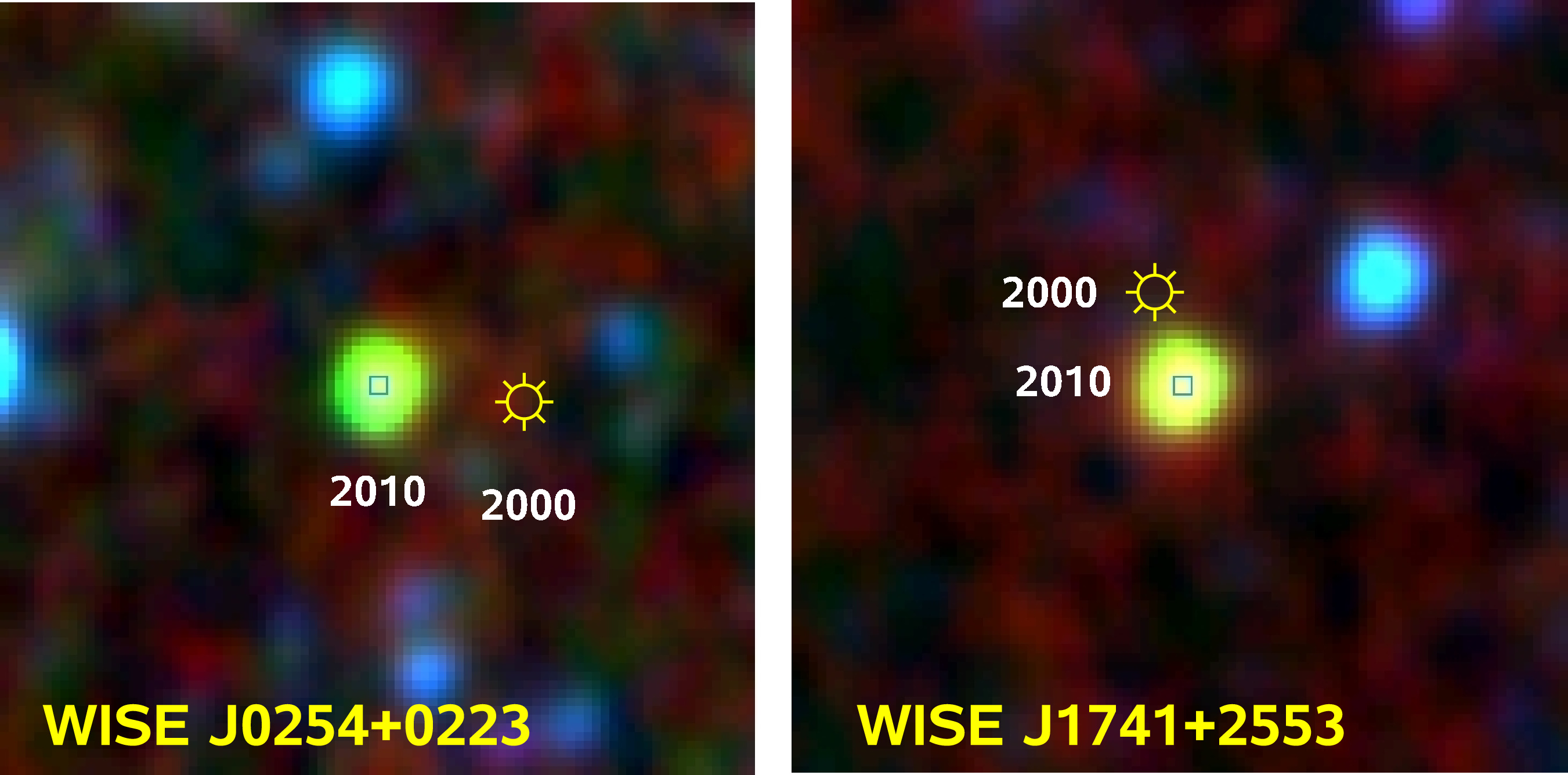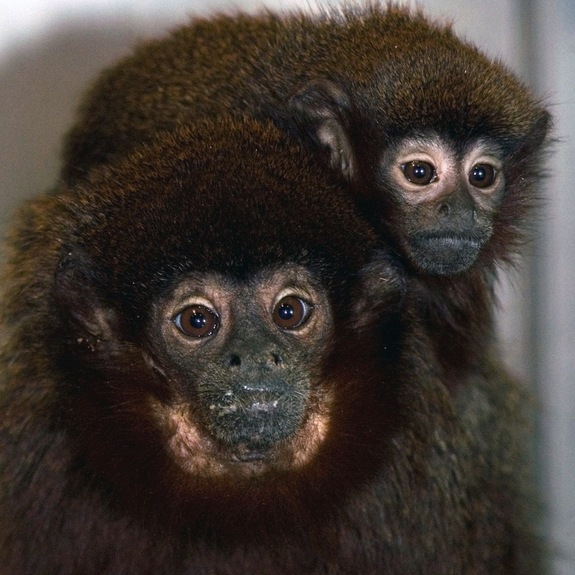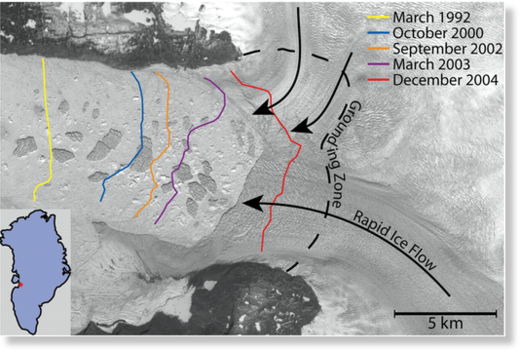OF THE
TIMES



A: ...One change to occur in 21st Century is sudden glacial rebound, over Eurasia first, then North America. Ice ages develop much, much, much faster than thought.March 18, 2000:
Q: You also made a remark once that ice ages occur much, much faster than people ever thought...
A: Yes.
Q: Do we need to invest in some mukluks and snowshoes?
A: ??
Q: Well, what I am trying to get at is: should we start stockpiling firewood?
A: Maybe.
Q: So, it could be that fast?
A: Oh yes, and faster when in response to global" warming."
Q: When you put "warming" in quotes, you obviously mean warming in more than just an ordinary sense? Is that correct?
A: And/or not really "warm."
Comment: Despite the article's claim that Van Allen radiation belts do not cause any harm to humans and their bodies (and there is no way of knowing it for sure), there is a high chance that these belts carry serious implications for the Earth's climate.
From Chemtrails? Contrails? Strange Skies by Laura Knight-Jadczyk: